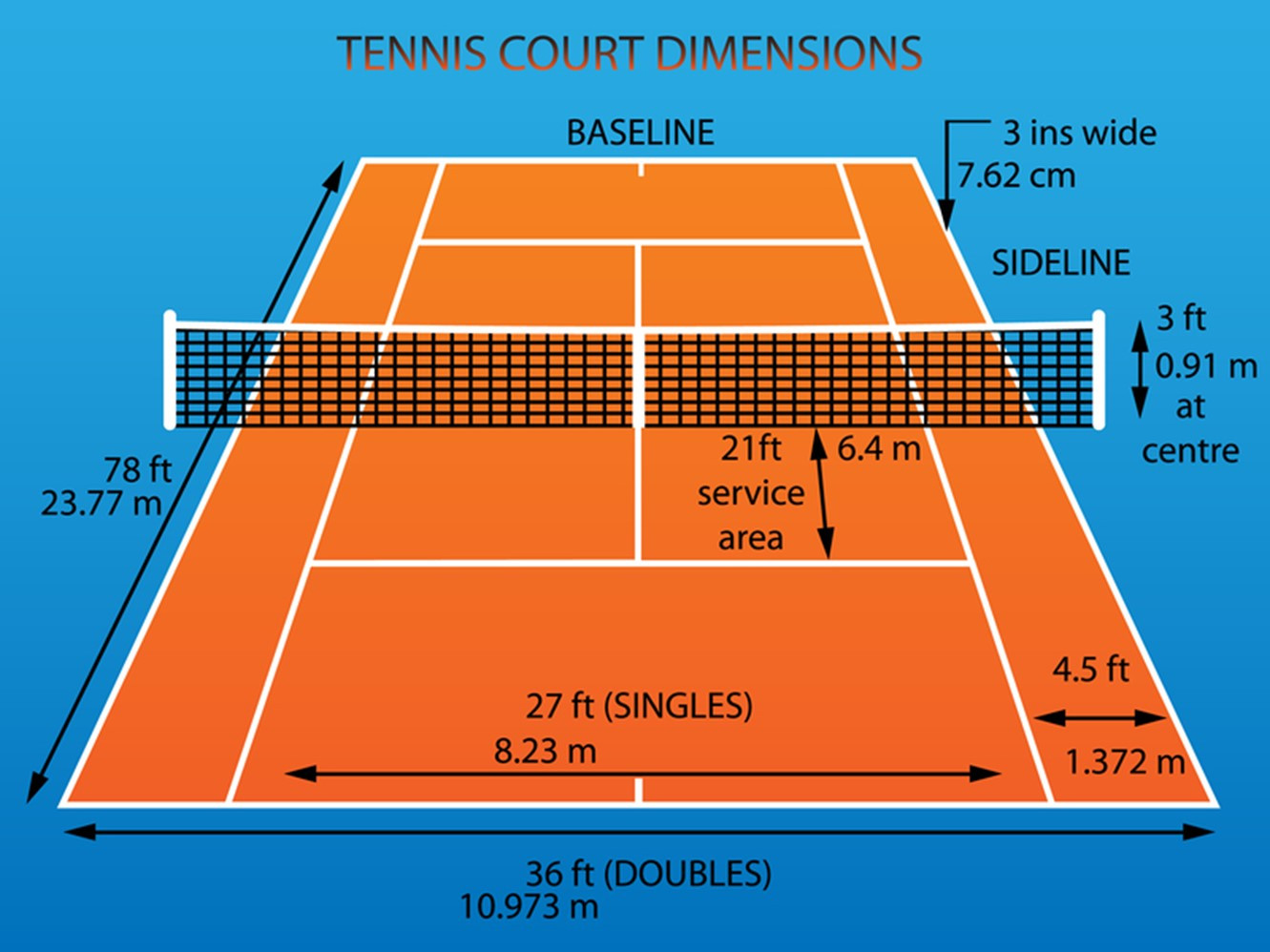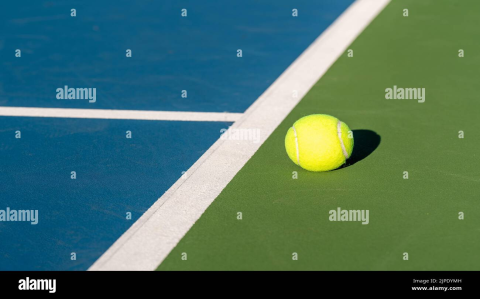Okay, so, let’s talk about what is “out of bounds” in tennis. It’s pretty simple, but I wanna share how I figured it out because it wasn’t clear to me at first.
I started playing tennis a few months ago, just hitting the ball around with my buddy, right? We weren’t too serious, just trying to get a good workout. We were playing and I hit a shot that went past the baseline, the line at the very back of the court. My friend called it “out,” and I was like, “What? But it was close!”

So, I was a bit confused. I thought maybe if it was near the line, it was still good. We got into a bit of a back-and-forth about it. He then hit a ball to demonstrate where it is still valid, I also tried to hit some balls back to try to get the hang of it.
- First, I looked up the rules online, you know, just to be sure. Turns out, any ball that lands completely outside those lines—the baseline at the back and the sidelines on the sides—is considered out of bounds.
- Then, I watched some tennis matches on TV. I paid real close attention to where the ball landed and whether it was called in or out. It started to make more sense. I saw that even if a tiny bit of the ball touches the line, it’s still considered in.
- Next, I decided to practice it myself. I took a bucket of balls to the court and started hitting them, I tried to be super focused, aiming near the lines but not outside of them. I even drew some chalk marks to help me visualize it better.
- Lastly, I played a few more games with my friend, we practiced what we learned, and I really focused on the lines this time. After a few matches, I feel like I really got the hang of it!
So, after all that, I realized that “out of bounds” is actually simple. If the ball lands totally outside those lines, it’s out. If it touches the line, it is in. It took some watching, some reading, and some actual playing to fully understand it, but now I’ve got it down. It’s just one of those things you gotta learn by doing, I guess.

























